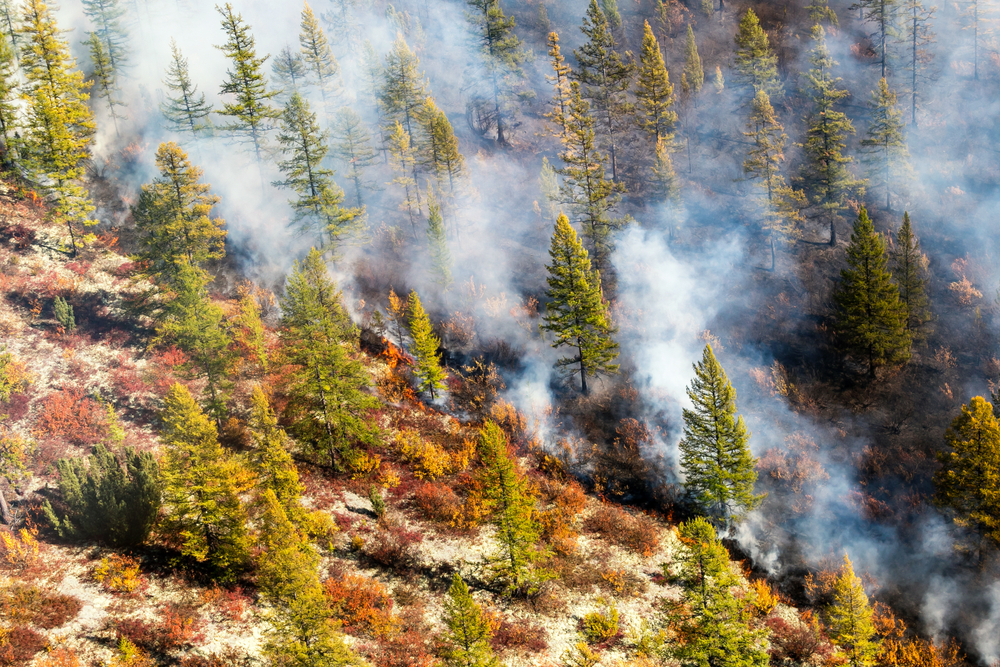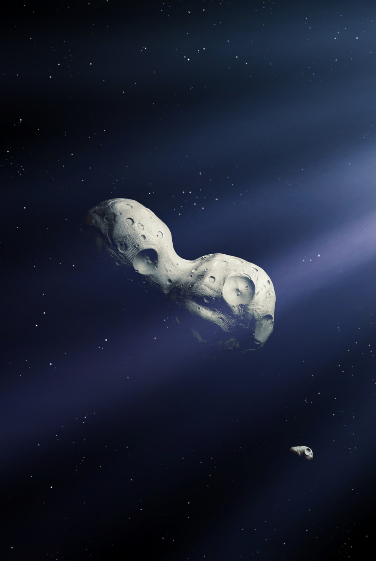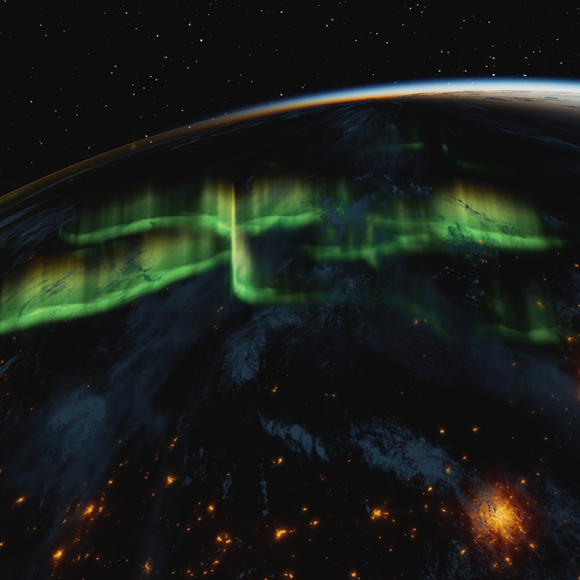What’s Happening to the Earth’s Northern Lung?
Climate change is transforming vast stretches of Arctic tundra from carbon sinks into carbon sources—releasing more greenhouse gases than they absorb.
The Arctic region, situated near the North Pole, plays a crucial role in global carbon sequestration through its vegetation and soil. However, global warming and associated climate changes are profoundly affecting this area and may trigger a self-reinforcing cycle. Rising temperatures have led to an increase in fires across the far north, releasing growing amounts of the greenhouse gas carbon dioxide into the atmosphere. Scientists now warn that carbon emissions from this region may soon exceed the carbon absorbed by its vegetation and soil, which is expected to accelerate the pace of global warming.
Earth’s Northern Lungs
When we speak of the planet’s “green lungs,” we usually think of vast vegetated regions that capture carbon dioxide from the atmosphere and release oxygen in return. In particular, we think of tropical rainforests, which play a critical role in reducing atmospheric carbon dioxide levels. However, the large-scale clearing of forested areas for agricultural purposes, leads to the release of vast quantities of carbon dioxide back into the atmosphere.
Yet there are other regions on Earth that play a vital role in the global carbon cycle. One of the most significant is the Arctic—stretching north of latitude 65° to the North Pole — which is partially covered by vegetation that absorbs carbon dioxide, releases oxygen, and stores carbon within plant tissues through a process known as carbon fixation. Another substantial portion of the carbon dioxide becomes trapped in the soil, where it can remain sequestered for centuries. Remarkably, it is estimated that nearly half of all carbon stored in Earth’s soils lies within the Arctic, underscoring the region’s immense importance to the planet’s carbon balance.
The Arctic is strongly affected by global climate change and is warming at an exceptionally rapid rate. As a consequence, its carbon balance has undergone a pronounced shift over the past few decades. Large areas that once absorbed carbon dioxide are now releasing more of it than they capture. Thus, instead of moderating global warming, the planet’s northern regions have become amplifiers of it — emitting substantial amounts of carbon dioxide, a greenhouse gas that further intensifies global climate change.

Rising temperatures in the high northern latitudes are contributing to an increased frequency and intensity of wildfires, resulting in greater carbon dioxide emissions to the atmosphere. Forest fire in Siberia | Sergey Filinin, Shutterstock
Frozen Ground
The balance between carbon stored in vegetation and soil and that released into the atmosphere depends on multiple factors, including soil type, vegetation cover, and local environmental conditions. A study published earlier this year in Nature Climate Change found that although the Arctic as a whole functioned as a carbon sink during the first two decades of the current millennium, conditions varied widely across the region. In fact, more than one-third of the Arctic’s land surface emitted substantial amounts of carbon dioxide.
The researchers examined two major ecosystems that comprise the Arctic region. The first, and northernmost, is the tundra, located near the polar ice caps. This ecosystem receives very little precipitation—less than most of the world’s deserts—and experiences temperatures below zero degrees Celsius for six to ten months each year. Under such extreme conditions, only low-lying vegetation such as mosses and lichens can survive, growing for brief periods during the short summer before the frost returns. South of the tundra lies the taiga, also known as the boreal forest (from Boreas, the Greek god of the north wind), consisting primarily of dense stands of short coniferous trees.
Both ecosystems rest partly on permafrost—a layer of soil that remains frozen throughout the year. However, while much of the tundra’s soil consists of permafrost, such areas are far less extensive in the taiga. It was previously found that when permafrost thaws, it releases large quantities of greenhouse gases that have been trapped within it.
The study found that, overall, the Arctic region still sequesters more carbon dioxide than it emits. However, in about 34 percent of its area—particularly within tundra zones—the opposite is now true. After serving as a carbon sink for roughly a thousand years, the tundra has shifted roles and is now releasing large quantities of greenhouse gases.
According to the researchers, this shift is likely driven by the thawing of permafrost in tundra regions due to rising temperatures, which releases gases trapped between soil and frozen ice layers. Contributing factors include changes in vegetation composition and soil drying: the sparse vegetation able to survive in the tundra cannot compensate for the carbon dioxide released from the soil by reabsorbing it from the atmosphere, resulting in a net carbon loss.
All these processes arise from the continued warming of the Arctic, where the average temperature has increased by about three degrees Celsius since 1971. Tundra vegetation evolved to withstand specific temperature ranges, and the recent warming suppresses new growth, thereby reducing the amount of carbon fixed in plants. Soil drying, driven by the melting and evaporation of ground ice, further diminishes carbon storage capacity, as drier soils retain less carbon. Consequently, this also weakens the tundra’s ability to capture carbon from the atmosphere. Similar trends have been observed in the taiga, although, for the time being, the amount of carbon dioxide sequestered there still exceeds the amount emitted.
The researchers note that in taiga regions, an increase in vegetation has been observed, resulting in a modest rise in carbon dioxide sequestration. However, this growth has also been accompanied by a higher incidence of forest fires, which release substantial amounts of carbon dioxide into the atmosphere. Taken together, these trends suggest that, rather than remaining a major carbon sink, the Arctic is moving toward a neutral, or potentially even positive – and therefore harmful – carbon balance.
In recent years, forest fires in northern regions have become almost routine, and their intensity has increased under the influence of global climate change. These fires release large amounts of carbon into the atmosphere, while the vegetation capable of capturing it is reduced and requires long periods to recover. If such trends persist, the Arctic could, in the coming years, shift from being a major reservoir of atmospheric carbon to becoming a significant source of carbon emissions—adding to the enormous quantities of greenhouse gases that humanity continues to produce.
The study highlights an important trend and deepens our understanding of the ongoing transformations in the Arctic—illustrating how these changes are expected to affect both local and global ecosystems in the coming years amid the relentless rise in the planet’s average temperature.



